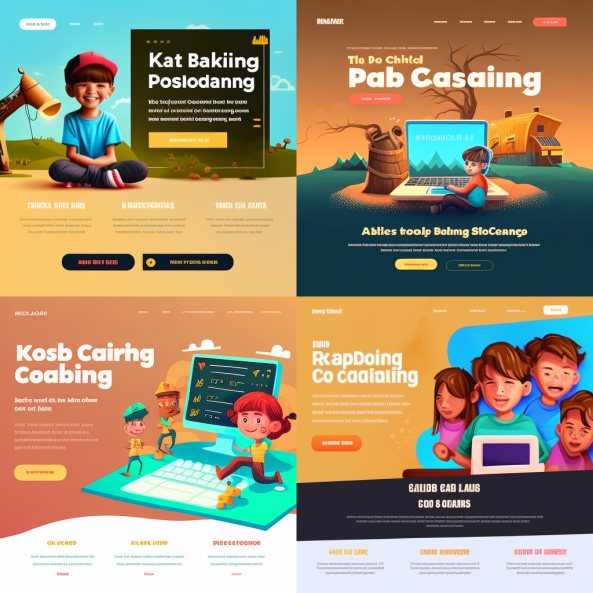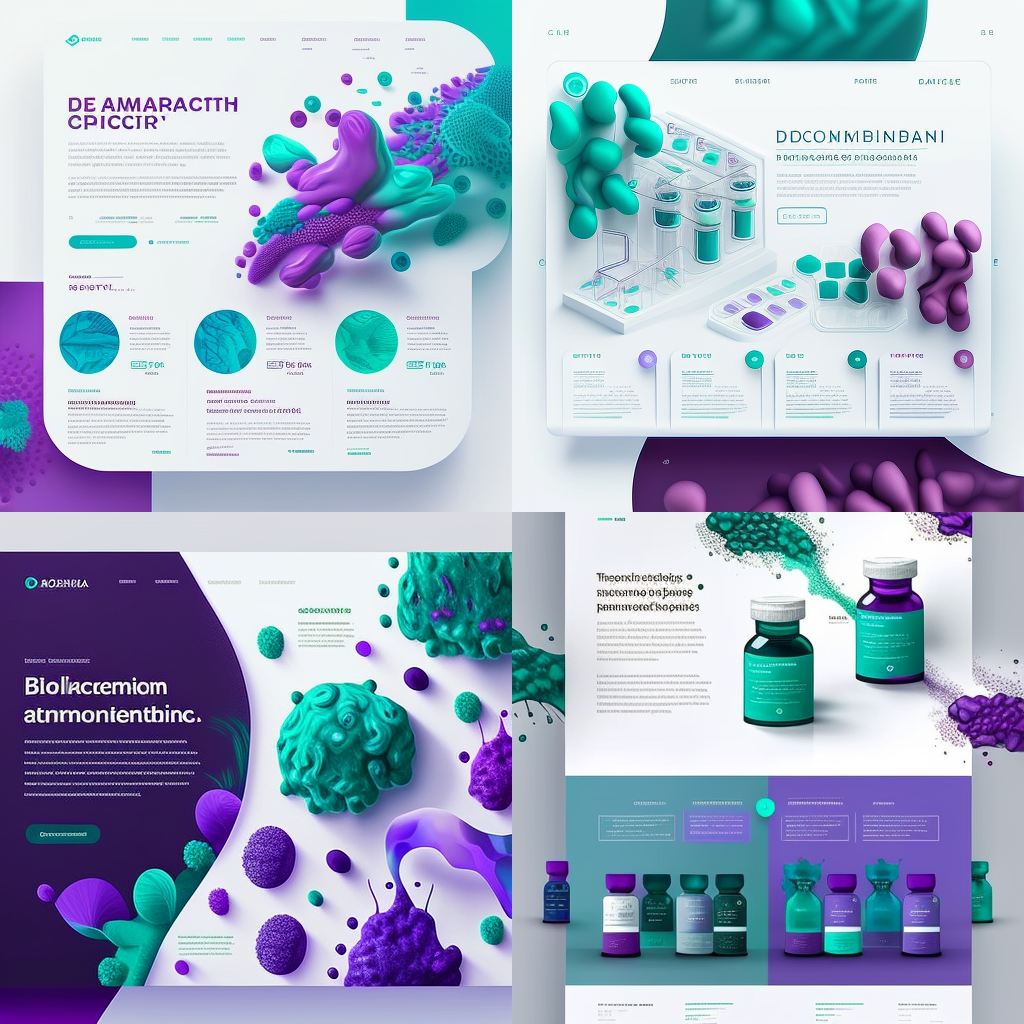In today’s digital age, having a strong online presence is crucial for individuals and businesses alike. A well-designed website serves as a virtual storefront, offering a platform to showcase your ideas, products, or services to a global audience. However, creating a website isn’t just about slapping a few images and text together – it’s a meticulous process that requires careful planning and execution. In this guide, we’ll take you through the essential steps of website development, ensuring that your online venture is a resounding success.

Step 1: Information Gathering
Before you embark on the journey of website development, it’s essential to lay a strong foundation. Start by gathering crucial information. Define your purpose – why do you want to create a website? Whether it’s to promote yourself, share information, or sell products, a clear purpose guides the entire development process.
Set your goals. What do you aim to achieve with this website? Your goals provide direction and help you structure your content effectively. Furthermore, understand your target audience. Visualize your ideal visitor – their age, gender, interests, and needs. Tailoring your website to your audience enhances its effectiveness.
Step 2: Planning
With your information in hand, it’s time to plan your website’s structure. Develop a sitemap – a hierarchical list of main topics and sub-topics that your website will cover. A well-organized sitemap not only assists in navigation but also lays the groundwork for a user-friendly experience.
Step 3: Design
The design of your website is its visual identity. It’s important to align the design with your target audience. Consider the tone, color scheme, and imagery that resonate with your visitors. A public relations brand might opt for a sleek and professional design, while a brand targeting pet owners could embrace a playful and colorful approach. Keep in mind that the design should not only be visually appealing but also intuitive, making navigation effortless.
Step 4: Content
Content is the heart and soul of your website. It’s how you communicate your message, showcase your expertise, and engage your visitors. But before diving into content creation, ensure that your goals and purpose are crystal clear. Your content should align with these foundations.
Craft content that is relevant, valuable, and engaging. Whether it’s blog posts, product descriptions, or videos, each piece should resonate with your audience. High-quality content keeps visitors coming back and encourages them to explore further.

Step 5: Functionality
Now it’s time to bring your website to life. With the planning and design in place, begin building the actual web pages. Prioritize user-friendliness – your website should be intuitive and easy to navigate. Start with the homepage, the virtual front door to your online world. From there, create the sub-pages, ensuring a consistent design and user experience throughout.
Remember that your website must be accessible from both desktop and mobile devices. With the rise of mobile browsing, a responsive design is no longer a luxury but a necessity.
Step 6: Testing
As the saying goes, “measure twice, cut once.” Before launching your website, rigorous testing is vital. Thoroughly examine every link, button, and piece of content. Check for any spelling errors or inconsistencies. Test the website’s appearance and functionality across various browsers and devices to ensure a seamless experience for all visitors.

Step 7: Launch
The moment of truth arrives – it’s time to launch your website. Upload it to a server so that it’s accessible to the world. However, before you celebrate, conduct one final test to double-check that everything is in order. Once you’re confident that everything is set, release your website to the public.
Step 8: Monitoring and Updates
After the launch, the journey doesn’t end. Regularly monitor your website’s performance and user engagement. Keep an eye out for any issues or glitches that may arise. As your content and offerings evolve, update your website accordingly. Staying proactive ensures that your online presence remains vibrant and effective.
In conclusion, website development is a multifaceted process that demands careful planning, creativity, and attention to detail. By following these eight essential steps – from information gathering to monitoring and updates – you’ll be well on your way to creating a compelling and successful online platform. Whether you’re an individual looking to showcase your passions or a business aiming to expand its reach, a well-developed website is your digital calling card to the world.
